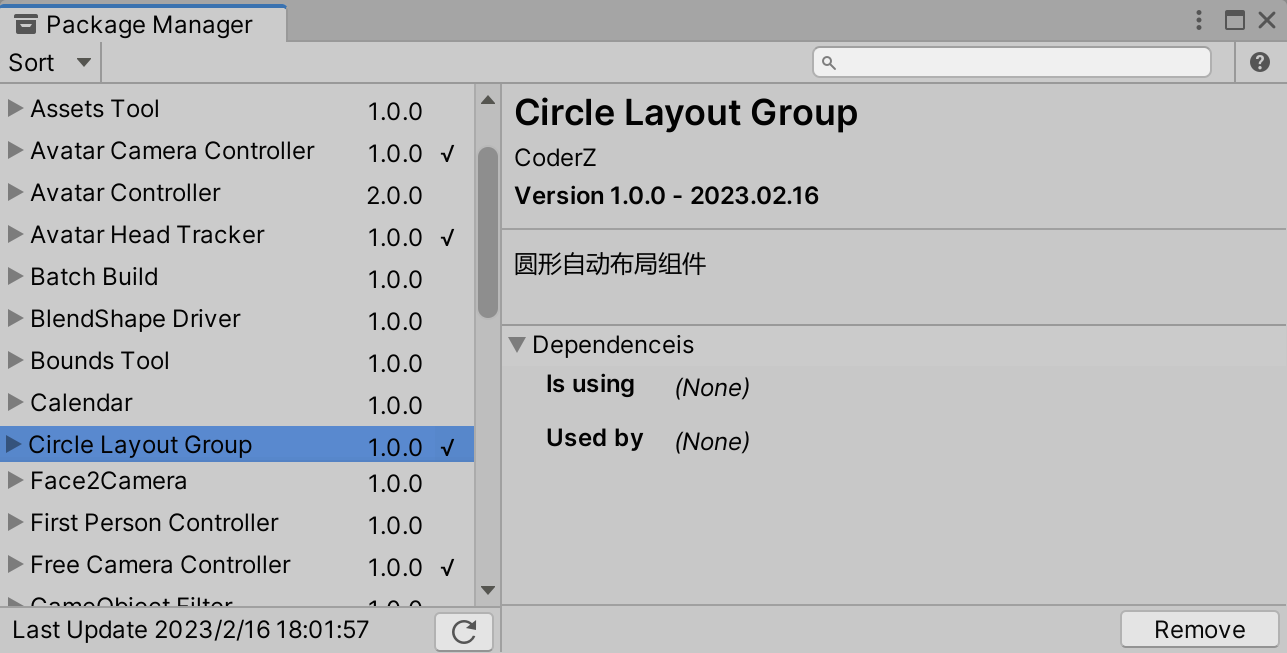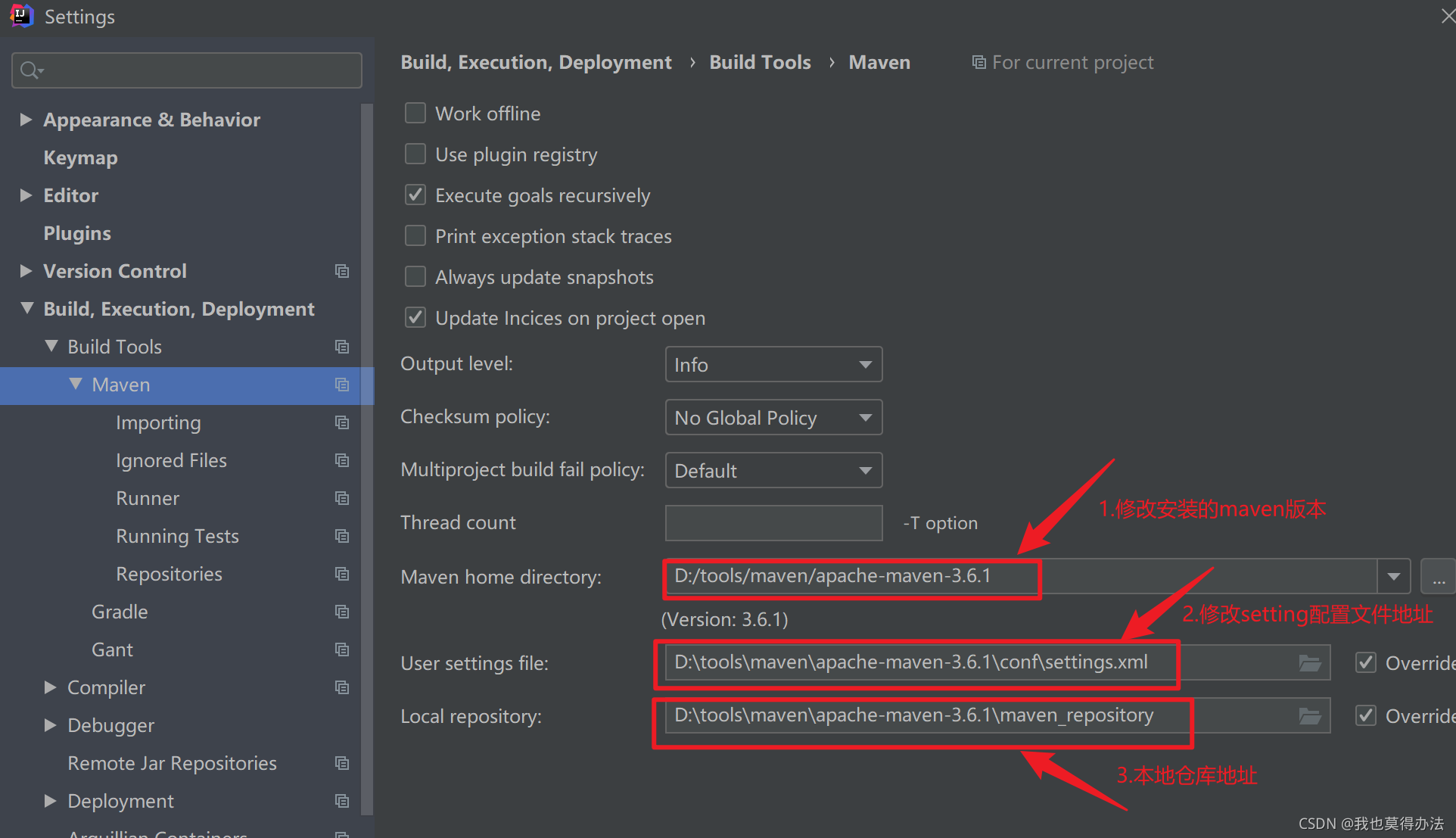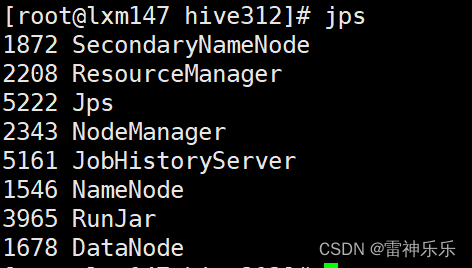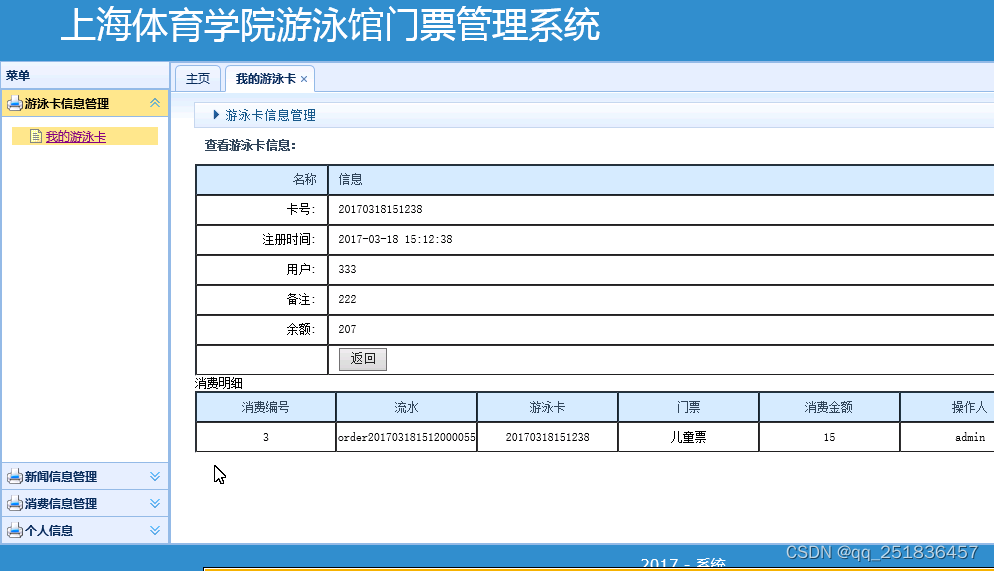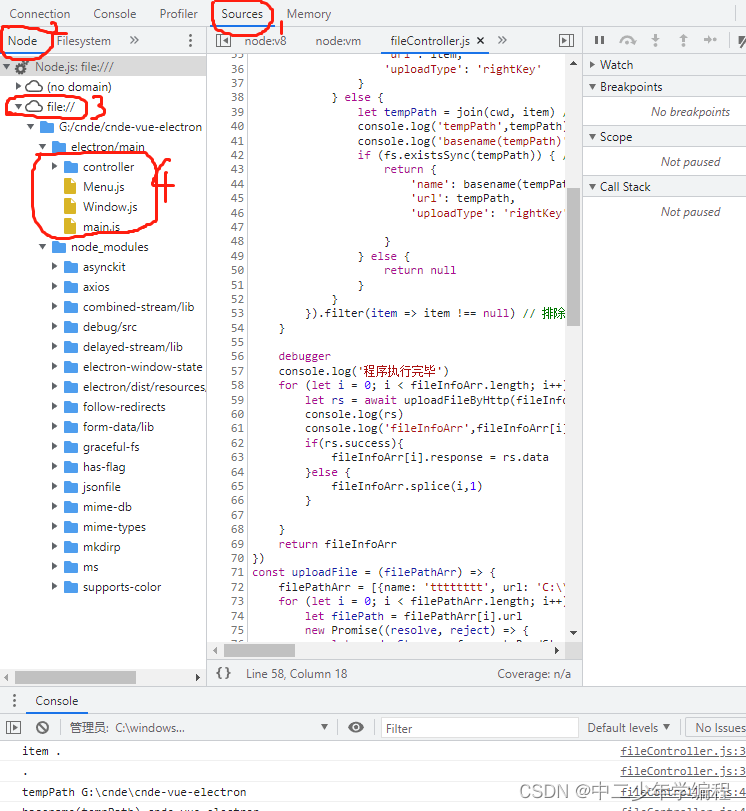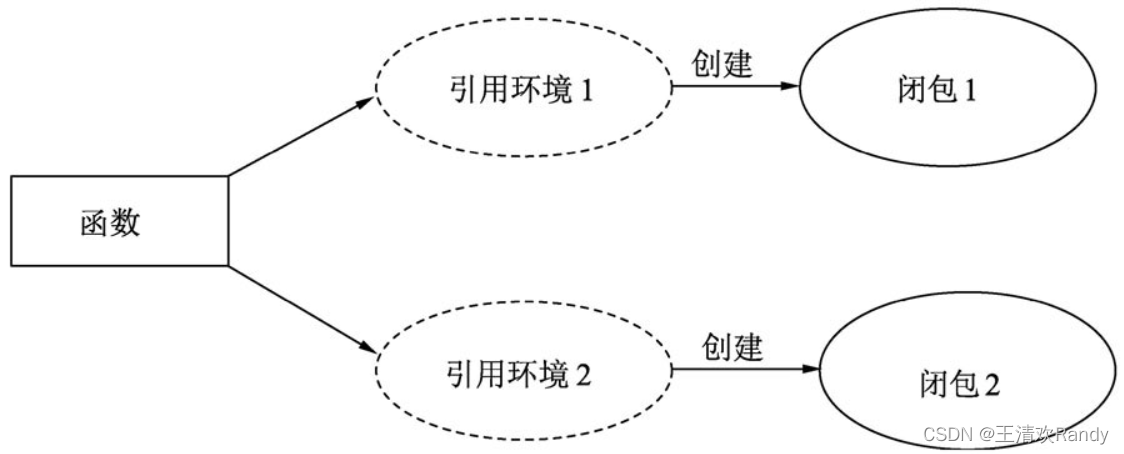文章目录
- 前言
- 一. grep命令介绍
- 二. 语法格式及常用选项
- 三. 参考案例
- 3.1 搜索文件中以root开头的文件
- 3.2 搜索文件中出现的root
- 3.3 搜索除了匹配行之外的行
- 3.4 匹配的部分使用颜色显示
- 3.5 只输出文件中匹配到的地方
- 3.6 输出包含匹配字符串的行,并显示所在的行数
- 3.7 统计文件或者文本中包含匹配字符串的行数
- 总结
前言
大家好,又见面了,我是沐风晓月,本文是专栏【linux基本功-基础命令实战】的第48篇文章。
专栏地址:[linux基本功-基础命令专栏] , 此专栏是沐风晓月对Linux常用命令的汇总,希望能够加深自己的印象,以及帮助到其他的小伙伴😉😉。
如果文章有什么需要改进的地方还请大佬不吝赐教👏👏。
🏠个人主页:我是沐风晓月
🧑个人简介:大家好,我是沐风晓月,双一流院校计算机专业😉😉
💕 座右铭: 先努力成长自己,再帮助更多的人 ,一起加油进步🍺🍺🍺
💕欢迎大家:这里是CSDN,我总结知识的地方,喜欢的话请三连,有问题请私信😘
一. grep命令介绍
Linux系统中grep命令是一种强大的文本搜索工具,它能使用正则表达式搜索文本,并把匹 配的行打印出来。
grep全称是Global Regular Expression Print,表示全局正则表达式版本,它的使用权限是所有用户。
英文注解:
grep ['grep] 搜索目标行命令·
global [ˈgloʊbl] 全球的,球状的
regular 美 [ˈrɛɡjəlɚ] 有规律的,规则的, 正规军(n)
expression 美 [ɪkˈsprɛʃən] 表达,表现,表情,脸色,态度
例句: It’s enough to make you wet yourself, if you’ll pardon the expression
linux支持三种形式的grep命令: grep , egrep ,grep -E
二. 语法格式及常用选项
依据惯例,我们还是先查看帮助,使用grep --help
[root@mufeng test]# grep --help
用法: grep [选项]... PATTERN [FILE]...
在每个 FILE 或是标准输入中查找 PATTERN。
默认的 PATTERN 是一个基本正则表达式(缩写为 BRE)。
例如: grep -i 'hello world' menu.h main.c
正则表达式选择与解释:
-E, --extended-regexp PATTERN 是一个可扩展的正则表达式(缩写为 ERE)
-F, --fixed-strings PATTERN 是一组由断行符分隔的定长字符串。
-G, --basic-regexp PATTERN 是一个基本正则表达式(缩写为 BRE)
-P, --perl-regexp PATTERN 是一个 Perl 正则表达式
-e, --regexp=PATTERN 用 PATTERN 来进行匹配操作
-f, --file=FILE 从 FILE 中取得 PATTERN
-i, --ignore-case 忽略大小写
-w, --word-regexp 强制 PATTERN 仅完全匹配字词
-x, --line-regexp 强制 PATTERN 仅完全匹配一行
-z, --null-data 一个 0 字节的数据行,但不是空行
Miscellaneous:
-s, --no-messages suppress error messages
-v, --invert-match select non-matching lines
-V, --version display version information and exit
--help display this help text and exit
输出控制:
-m, --max-count=NUM NUM 次匹配后停止
-b, --byte-offset 输出的同时打印字节偏移
-n, --line-number 输出的同时打印行号
--line-buffered 每行输出清空
-H, --with-filename 为每一匹配项打印文件名
-h, --no-filename 输出时不显示文件名前缀
--label=LABEL 将LABEL 作为标准输入文件名前缀
-o, --only-matching show only the part of a line matching PATTERN
-q, --quiet, --silent suppress all normal output
--binary-files=TYPE assume that binary files are TYPE;
TYPE is 'binary', 'text', or 'without-match'
-a, --text equivalent to --binary-files=text
-I equivalent to --binary-files=without-match
-d, --directories=ACTION how to handle directories;
ACTION is 'read', 'recurse', or 'skip'
-D, --devices=ACTION how to handle devices, FIFOs and sockets;
ACTION is 'read' or 'skip'
-r, --recursive like --directories=recurse
-R, --dereference-recursive
likewise, but follow all symlinks
--include=FILE_PATTERN
search only files that match FILE_PATTERN
--exclude=FILE_PATTERN
skip files and directories matching FILE_PATTERN
--exclude-from=FILE skip files matching any file pattern from FILE
--exclude-dir=PATTERN directories that match PATTERN will be skipped.
-L, --files-without-match print only names of FILEs containing no match
-l, --files-with-matches print only names of FILEs containing matches
-c, --count print only a count of matching lines per FILE
-T, --initial-tab make tabs line up (if needed)
-Z, --null print 0 byte after FILE name
文件控制:
-B, --before-context=NUM 打印以文本起始的NUM 行
-A, --after-context=NUM 打印以文本结尾的NUM 行
-C, --context=NUM 打印输出文本NUM 行
-NUM same as --context=NUM
--group-separator=SEP use SEP as a group separator
--no-group-separator use empty string as a group separator
--color[=WHEN],
--colour[=WHEN] use markers to highlight the matching strings;
WHEN is 'always', 'never', or 'auto'
-U, --binary do not strip CR characters at EOL (MSDOS/Windows)
-u, --unix-byte-offsets report offsets as if CRs were not there
(MSDOS/Windows)
为了更直观一些,我们把常用的参数用表格来展示:
| 参数 | 描述 |
|---|---|
| -i | 忽略大小写 |
| -E | 启用POSTIX扩展正则表达式 |
| -P | 启用perl正则 |
| -o | 只输出正则表达式的匹配的内容 |
| -w | 整字匹配 |
| -v | 取反,也就是不匹配的 |
| -n | 输出行号 |
有了具体的参数之后,我们再来看实战案例:
三. 参考案例
3.1 搜索文件中以root开头的文件
以root开头的文件,可以用 ^root
比如查看/etc/passwd 中以root开头的文件,操作如下:
[root@mufenggrow ~]# grep ^root /etc/passwd
root:x:0:0:root:/root:/bin/bash
3.2 搜索文件中出现的root
搜某个单词,我们直接在grep后面跟上单词名字即可:
案例一: 搜索/etc/passwd中的root用户
[root@mufenggrow ~]# grep "root" /etc/passwd
root:x:0:0:root:/root:/bin/bash
operator:x:11:0:operator:/root:/sbin/nologin
[root@mufenggrow ~]#
案例二: 从多个文件中搜索root
root@mufenggrow ~]# echo root >> a.txt
[root@mufenggrow ~]# echo root >> b.txt
[root@mufenggrow ~]# grep "root" /etc/passwd a.txt b.txt
/etc/passwd:root:x:0:0:root:/root:/bin/bash
/etc/passwd:operator:x:11:0:operator:/root:/sbin/nologin
a.txt:root
b.txt:root
[root@mufenggrow ~]#
3.3 搜索除了匹配行之外的行
此处使用-v 参数,比如取反
案例一: 统计文件的行数且不包含空行
空行的表示方法: ^$
[root@mufenggrow ~]# cp /etc/passwd ./
## 源文件一共35行
[root@mufenggrow ~]# cat /etc/passwd |wc -l
35
## 追加空行进去
[root@mufenggrow ~]# echo "" >> /etc/passwd
[root@mufenggrow ~]# cat /etc/passwd |wc -l
36
## 去掉空行测试
[root@mufenggrow ~]# grep -v ^$ /etc/passwd |wc -l
35
[root@mufenggrow ~]#
有时候我们修改了配置文件,文件中包含大量的# ,我们想去掉#查看内容,就可以使用
[root@mufenggrow ~]# grep -v ^# passwd |wc -l
35
3.4 匹配的部分使用颜色显示
这里可以使用 --color=auto,我们来查看一下包含root的行,并高亮显示要查找的root。
[root@mufenggrow ~]# grep root /etc/passwd --color=auto
root:x:0:0:root:/root:/bin/bash
operator:x:11:0:operator:/root:/sbin/nologin
[root@mufenggrow ~]#
这样显示,效果不明显,我们看下图:

可以看到,所有的root都是红色表示的。
3.5 只输出文件中匹配到的地方
比如我们要查询root,但我不想显示包含root的行,而是只显示要查询的内容:
此时需要使用 -o 参数,代码如下
[root@mufenggrow ~]# grep -o root /etc/passwd
root
root
root
root
要注意,如果一行中有10个root,这里就显示10个,而不是只显示一个,所以3.4的案例中我们查询的时候,包含root的有两行,但有4个root,在3.5案例中,显示了所有的root。
3.6 输出包含匹配字符串的行,并显示所在的行数
此处可以使用-n 参数, -n 会在一行的前面加上 行号: 比如“4:”
我们来看下代码示例:
[root@mufenggrow ~]# grep -n "root" passwd
1:root:x:0:0:root:/root:/bin/bash
11:operator:x:11:0:operator:/root:/sbin/nologin
我们要统计一个文件一共有多少行,也可以使用-n 参数
root@mufenggrow ~]# grep -n "" passwd |awk -F : '{print $1}' |tail -n 1
35
3.7 统计文件或者文本中包含匹配字符串的行数
此时可以用-c参数:
[root@mufenggrow ~]# grep -c "root" passwd
2
包含root的有两行, 如果我们要统计文本的行数:
[root@mufenggrow ~]# grep -c "$" passwd
35
相当于查找 的行数,可以看到一共有 35 个 的行数,可以看到一共有35个 的行数,可以看到一共有35个符号,也就是35行。
总结
grep命令在日常工作中,应用的比较广泛,一定要认真学习,记熟记牢常用参数。
💕💕💕 好啦,这就是今天要分享给大家的全部内容了,我们下期再见!✨ ✨ ✨
🍻🍻🍻如果你喜欢的话,就不要吝惜你的一键三连了~


